J.S. Bach | French Suites BWV 812-817 | Piano Solo
€20.80
The so-called French Suites, BWV 812–817, survive in their first version in large part in the “Notebook for Anna Magdalena Bach”.
Out of stock
Description
Most of the keyboard works of Johann Sebastian Bach (1685–1750) were composed in the years after 1717. This was because of changes in where he worked and who employed him. In his first positions in Arnstadt und Mühlhausen (1703–08), and later in Weimar (1708–17), organ playing and, later, church music were the focus; it was not until his appointment as Kapellmeister to Prince Leopold von Anhalt-Cöthen that the scope of his duties changed, for he was now responsible for secular instrumental music. As well as orchestral music he composed a series of chamber music works there, among which keyboard music probably served primarily didactic purposes. Along with the so-called English Suites (BWV 806–811), he started to compile two books of keyboard music: one for his eldest son Wilhelm Friedemann (from 1720), the other for his second wife, Anna Magdalena (from 1722). The so-called French Suites, BWV 812–817, survive in their first version in large part in the “Notebook for Anna Magdalena Bach”. This source contains the first five of the six Suites, though sometimes only in fragmentary form since a few pages were later lost. The sixth Suite was probably composed only later. This early version of the French Suites, together with the sixth Suite, survives complete in a copy by Johann Christoph Altnickol, Bach’s keyboard pupil and later son-in-law. Nevertheless, Bach must have begun to revise the work from 1725 – probably in the course of his teaching activities at the Thomasschule following his move to Leipzig. Evidence for this is the second “Notebook for Anna Magdalena Bach” (started in 1725), which contains the first two Suites in a revised form, copied down by Anna Magdalena Bach. In addition, a surviving copy by Bach’s pupil Heinrich Nicolaus Gerber contains all six Suites (plus two further ones), again in a partly revised form. A further important source for this version is the copy made by Johann Caspar Vogler; he was Bach’s organ pupil in Weimar (and later his successor there), and was given a special mention in Carl Philipp Emanuel Bach’s published obituary of his father.
You may also like…

Need Help Choosing?
Get in touch with a member of our team
Contact a member of our dedicated customer service team, and we will be happy to help you choose the right instrument for your needs.
Or text “Waltons Callback” with a short description of your query and a member of staff will call you as soon as possible to assist.
Can’t Get Through? Please see our list of contact numbers below
Head Office: 01 8207425
Blanchardstown Store: 01 9603232
Online Sales, Customer Service & Product Queries:
Niall: 087 2267740
Fiona: 086 0284929


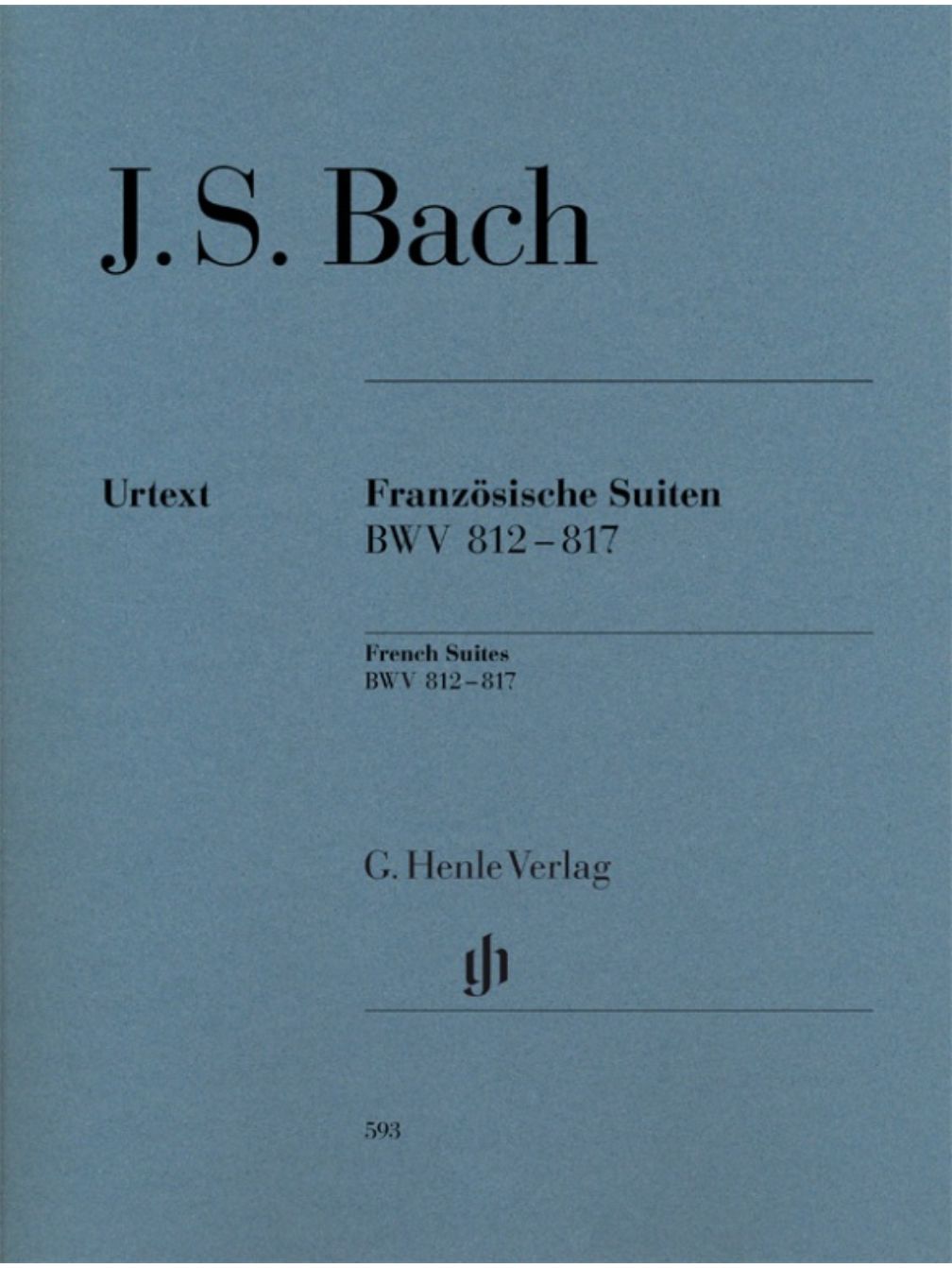

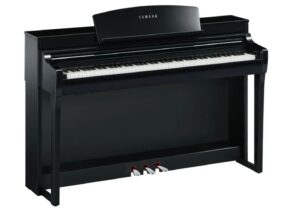
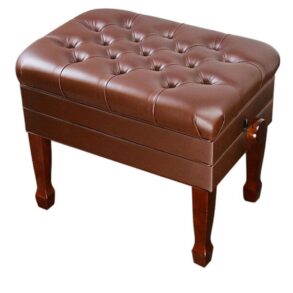
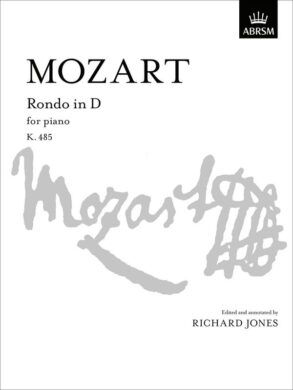
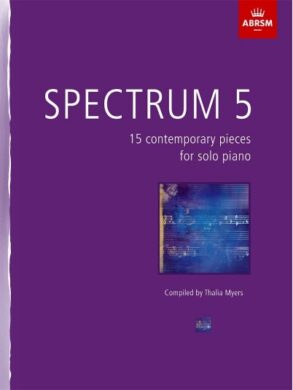
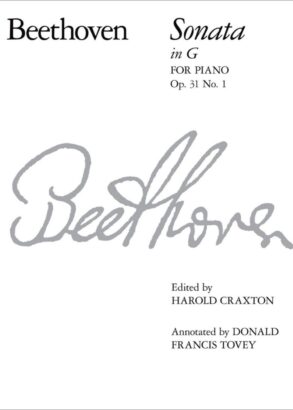
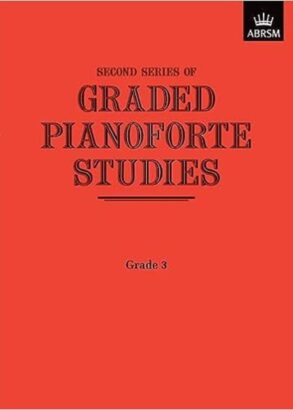
You must be logged in to post a review.